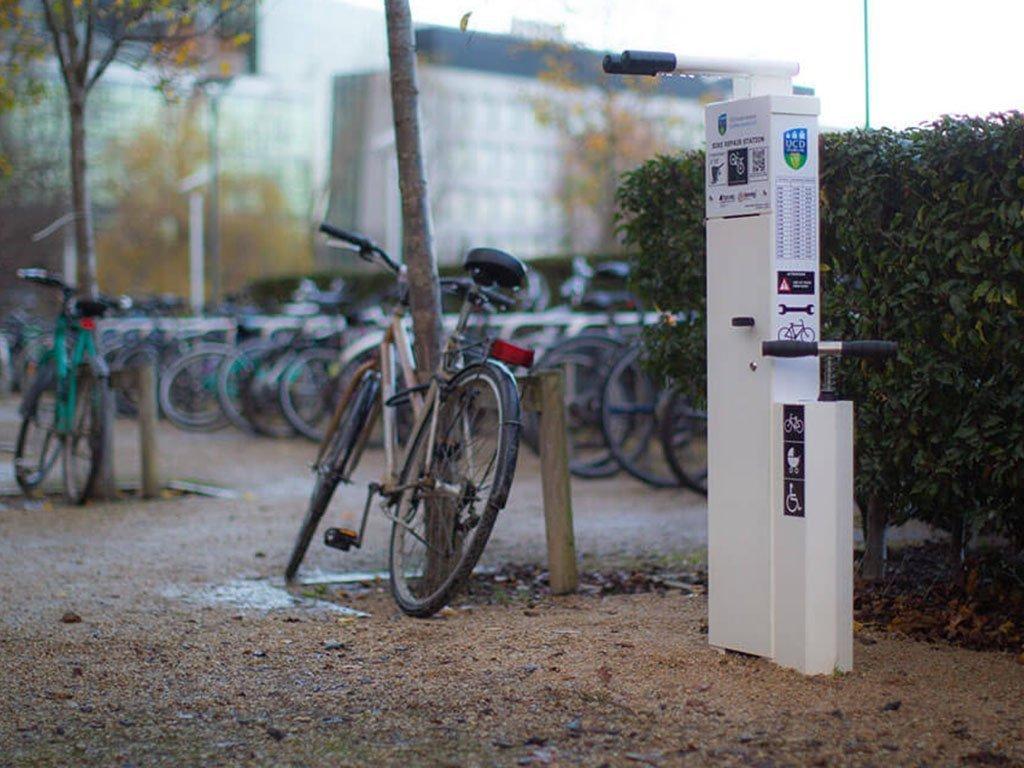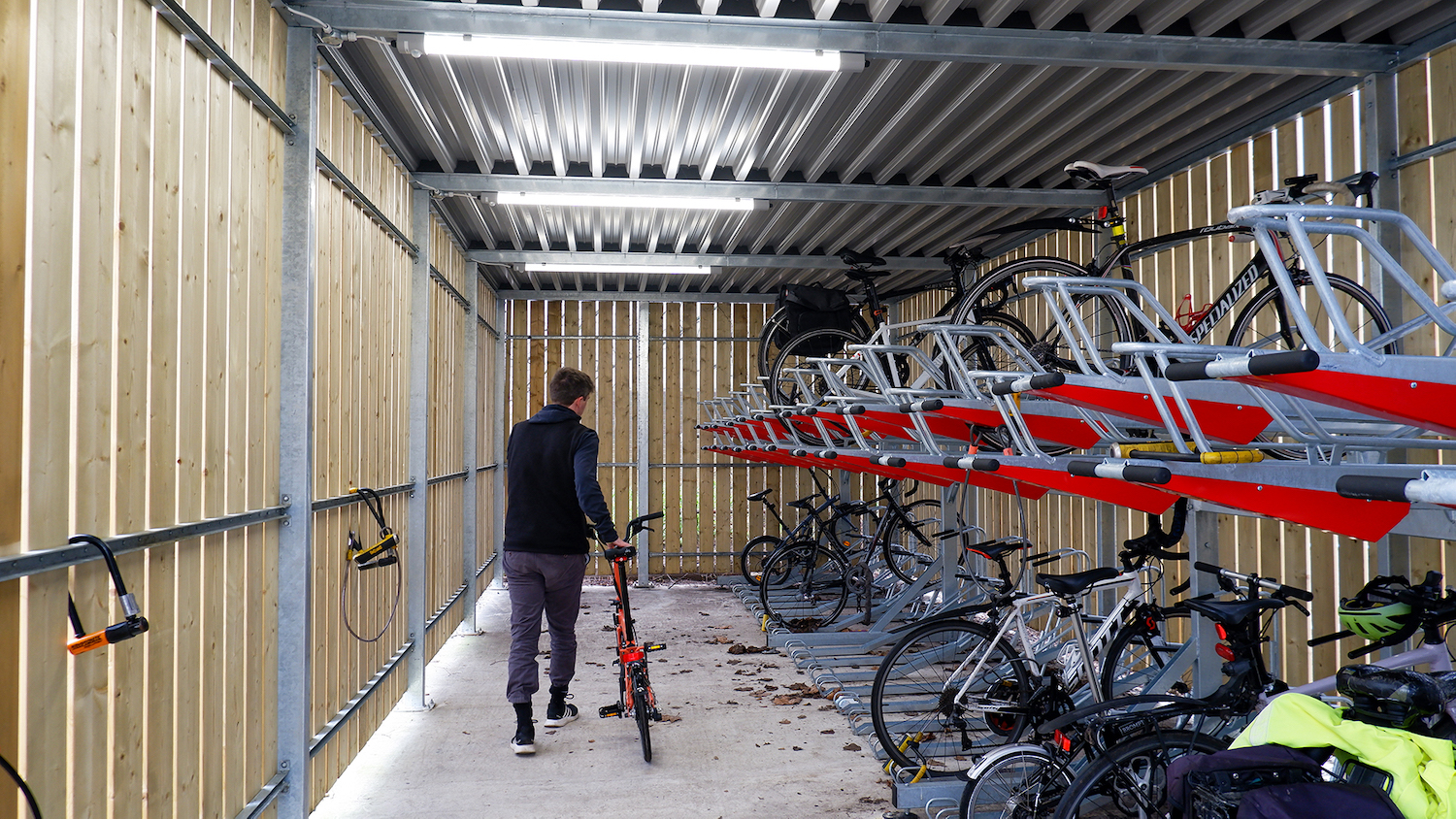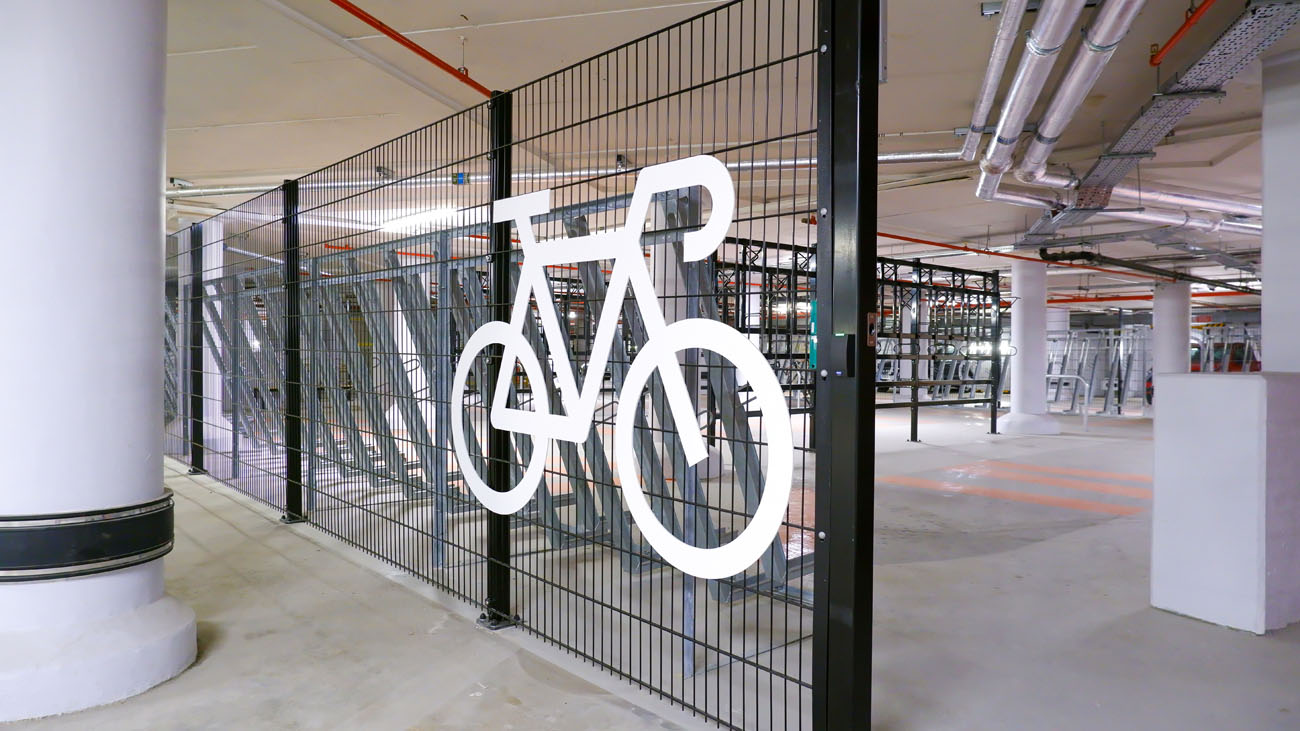“A global shift away from cars to more active forms of travel is exactly what the world needs right now.”
This is C40 cities executive director Mark Watts’ answer to what is the single most important action city mayors can take to tackle climate change.
Amidst unprecedented heatwaves in Spain, Pakistan, and India, plus flooding in South Africa and Australia – all of which have been linked to our carbon output and subsequent impact on the environment – active travel’s role is becoming increasingly relevant.
What Are The C40 Cities And Why Is Active Travel Important?
C40 Cities is a group of 97 cities – including London, Paris, New York, and Beijing – which represent roughly a quarter of the global economy. Their aim is to tackle climate change collaboratively through direct action and policy.
Outlining why active travel is so important, Mark Watts points to car-centric cities being centres of pollution and ill-health. Public health has shown to be severely impacted by dirty air, as well as traffic collisions and the inactivity caused by a car dependent lifestyle.
Replacing more car trips with cycling and walking could represent great benefits to public health. Alongside this is a reduction in congestion, which is estimated to cost cities in Southeast Asia 2-5% of GDP.
It is why cities around the world have been acting, with Barcelona using 300 measures to get 80% of journeys car-free by 2024, Jakarta creating 2,600 kilometres of safe pavement space, and Austin, Texas working on a 400 mile cycle lane network.
Reducing Car Volume: Expanding the ULEZ Zone In London
Here in London, consultation opened last week on expanding the ultra low emissions zone (ULEZ) to the entirety of the Greater London area.
The consultation comes in response to a warning that London is in a “toxic air crisis”. The zone’s rules means vehicles are charged £12.50 for not complying with emissions standards.
Measures like these are expected to not only curb emissions, but change behaviour more widely to encourage journeys by bike and walking.
The Role Of Infrastructure
Infrastructure including bike lanes, wider pavements, and secure cycle parking all help influence change in transport habits, too. Alongside reducing car usage, helping positively promote safer and more enjoyable cycling and walking in cities is a major factor in reducing CO₂ emissions.
Investing correctly in active travel infrastructure means getting behind a shift from cars to cycling and walking.
And as Mark Watts puts it, “there is no other policy that is as effective at rapidly reducing carbon emissions, improving public health, and achieving greater equity and prosperity for all urban residents.”





